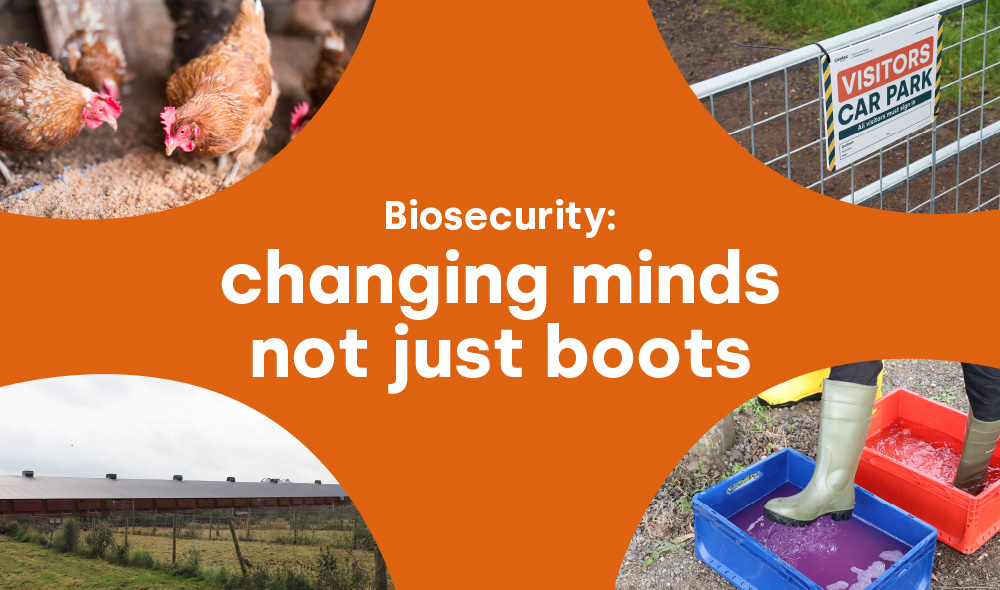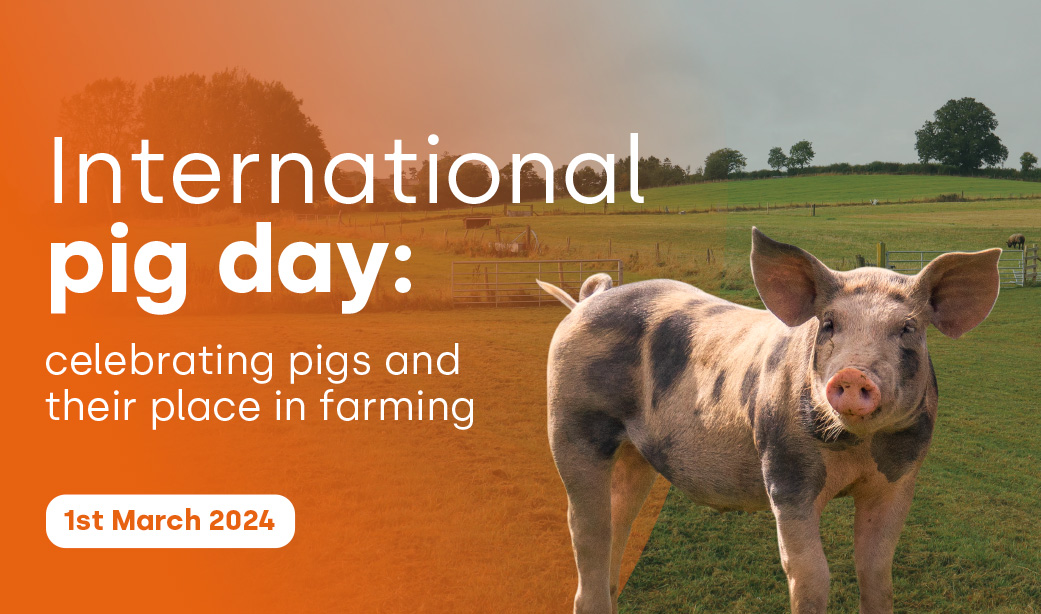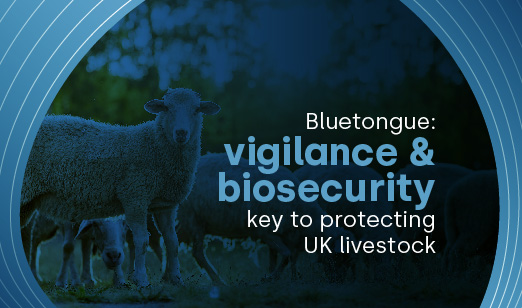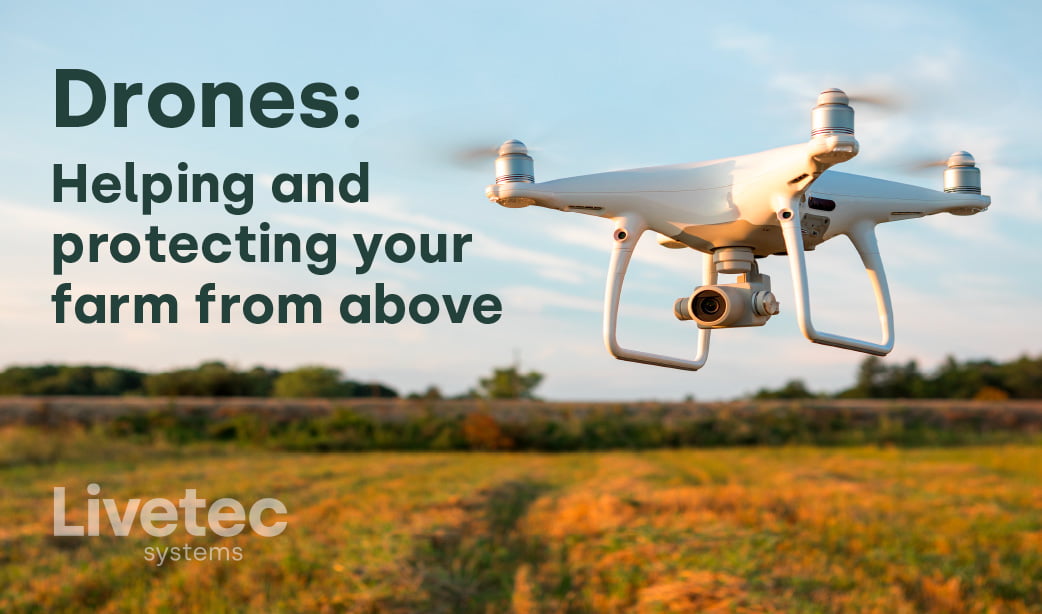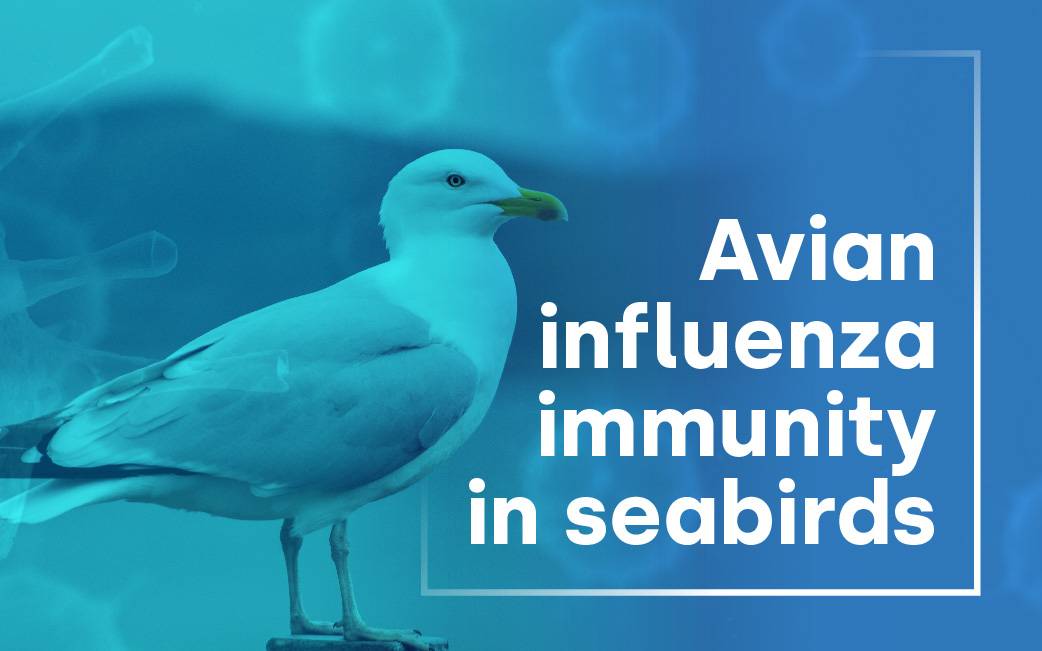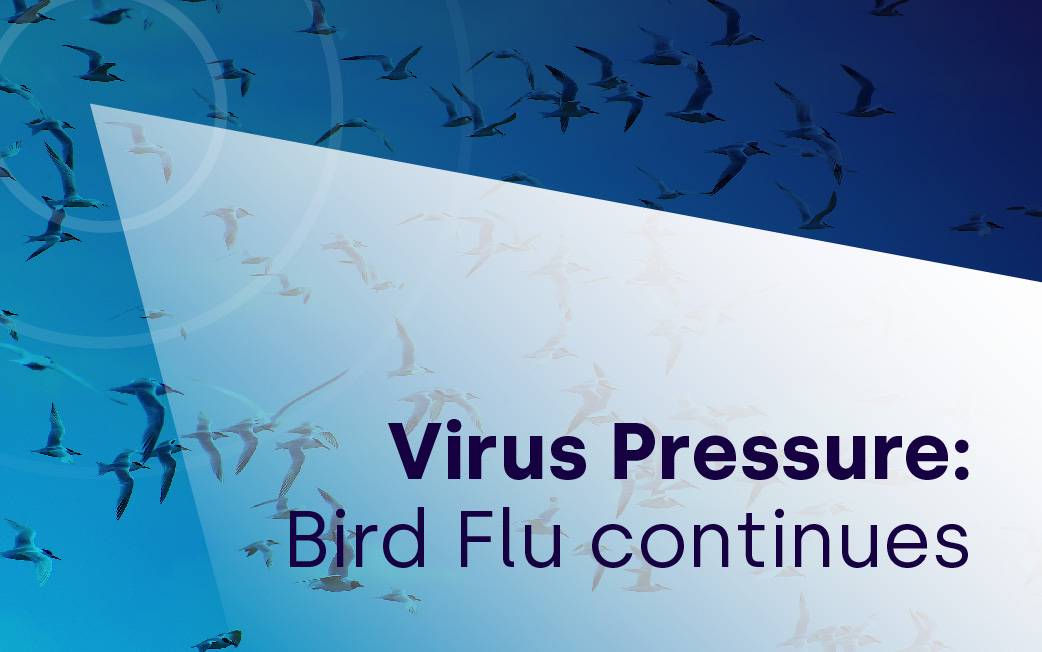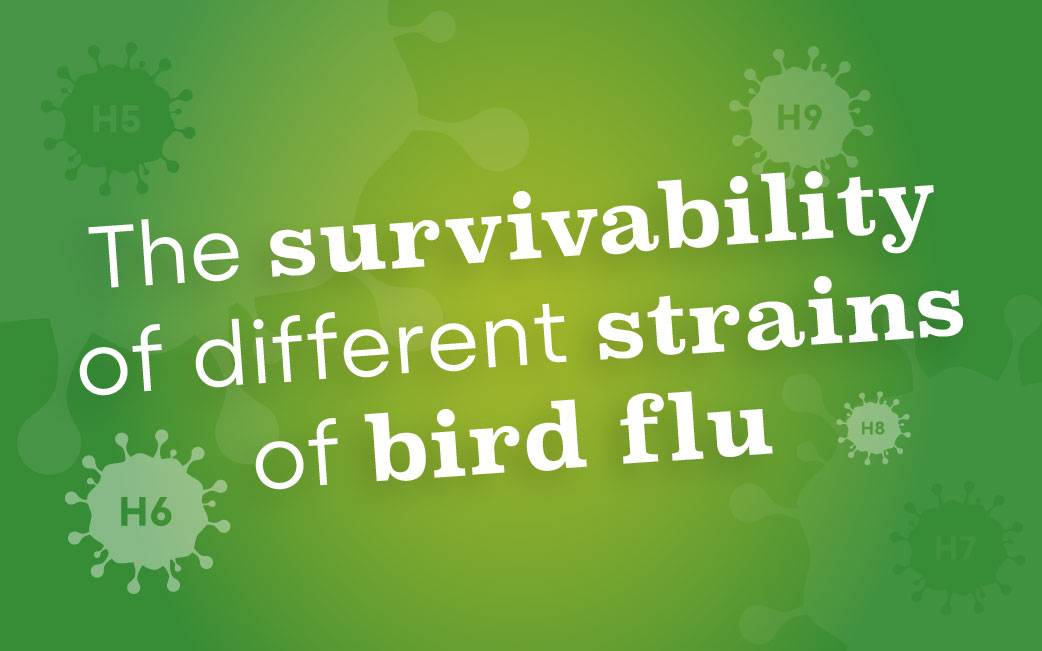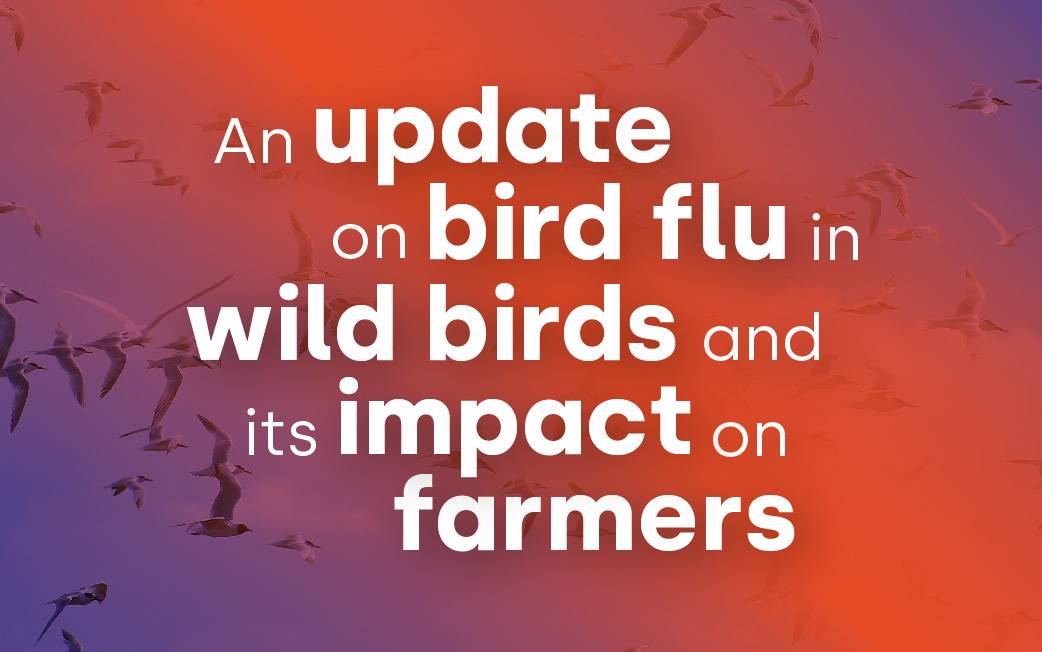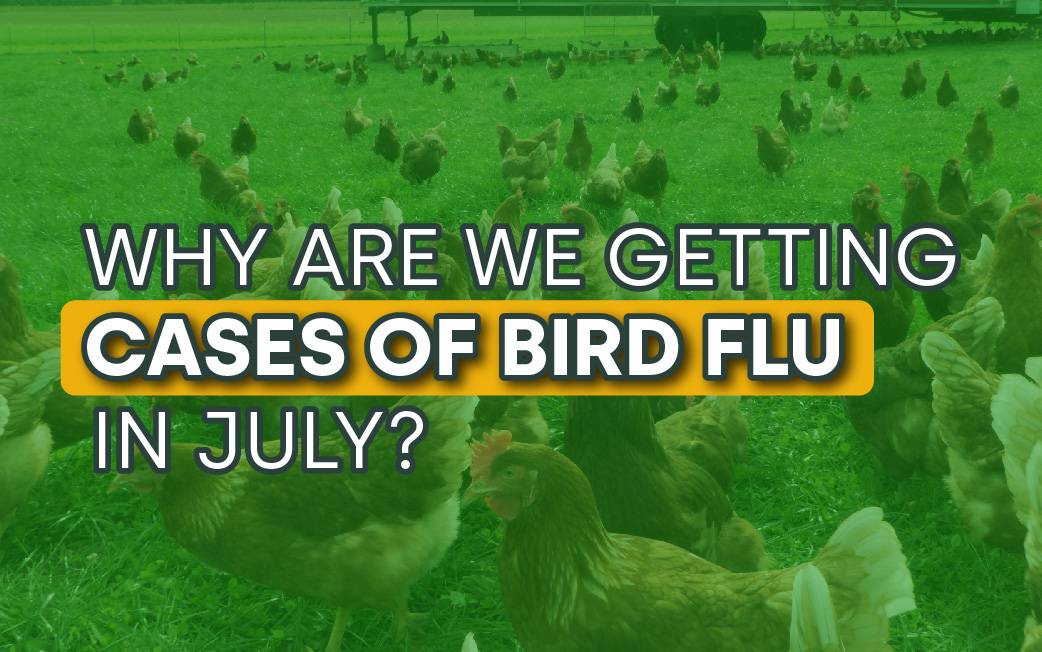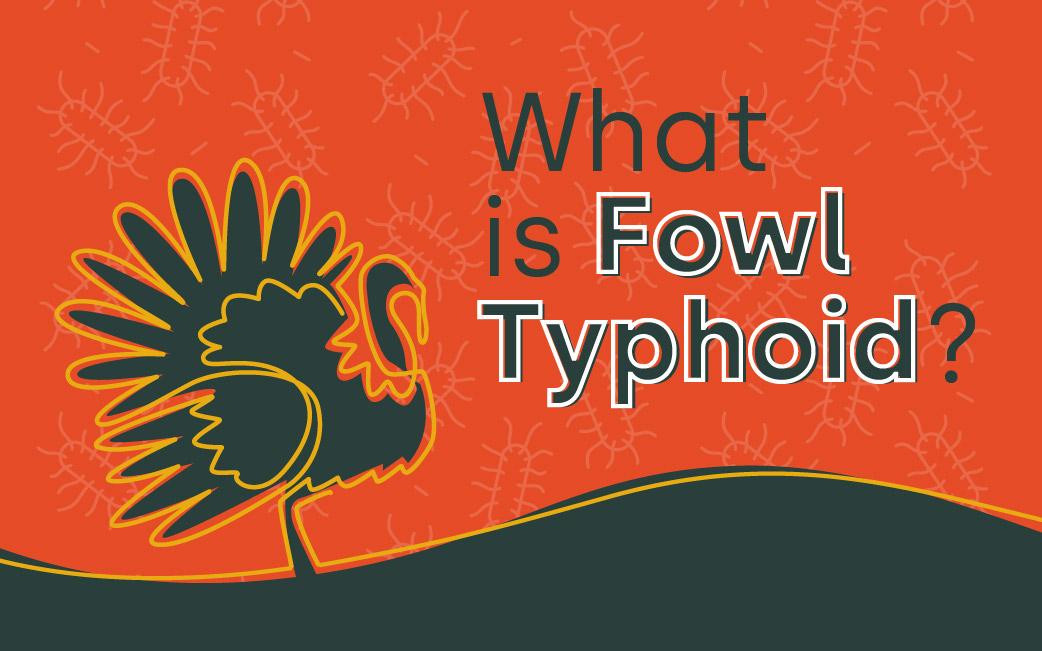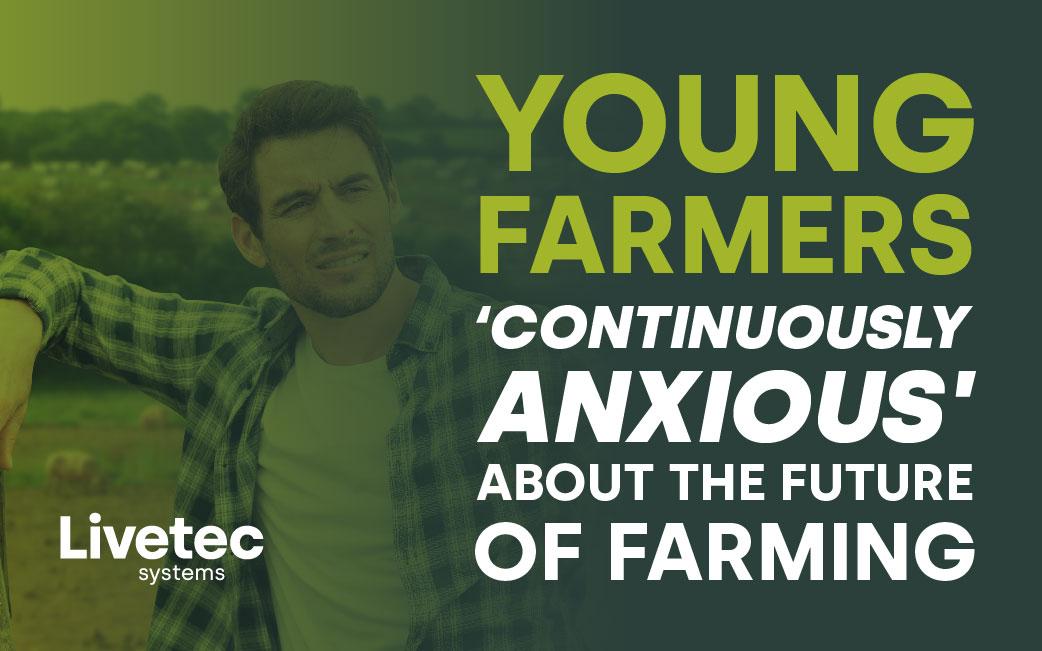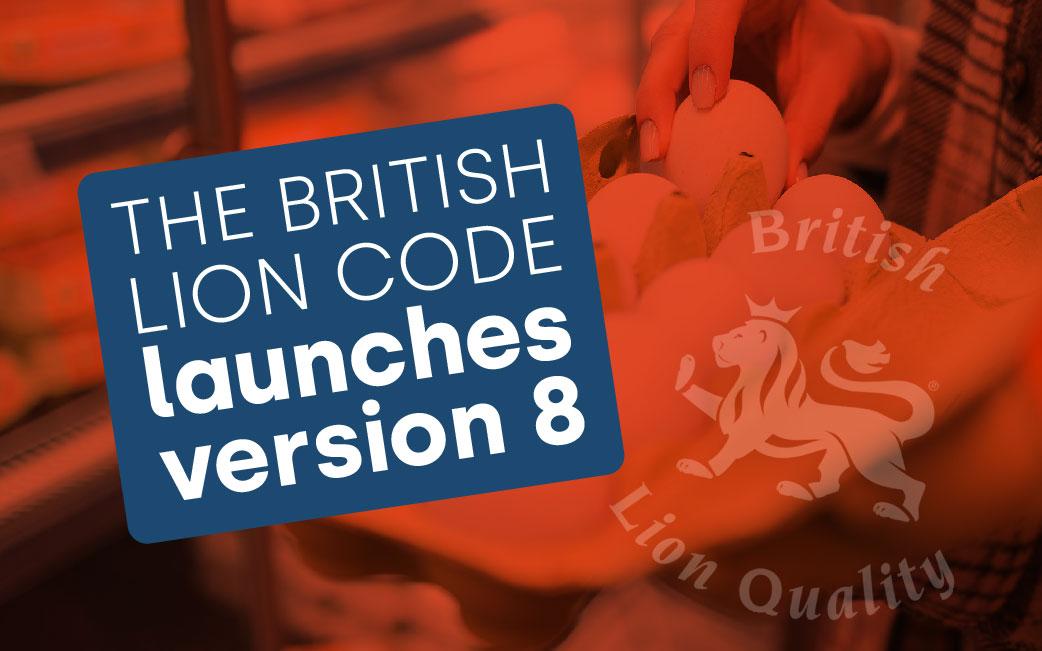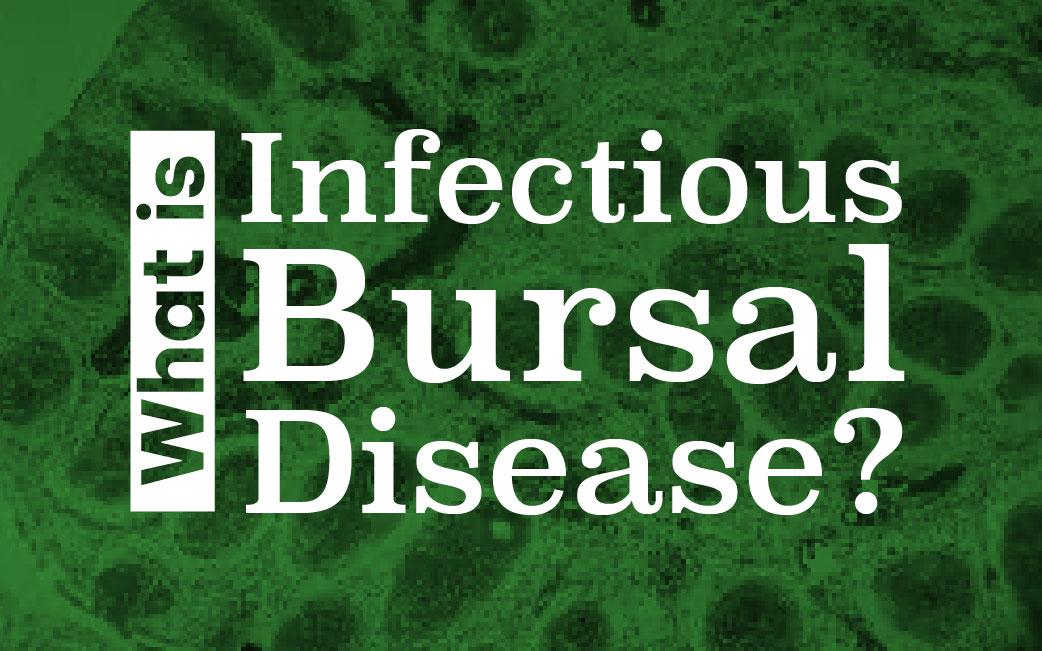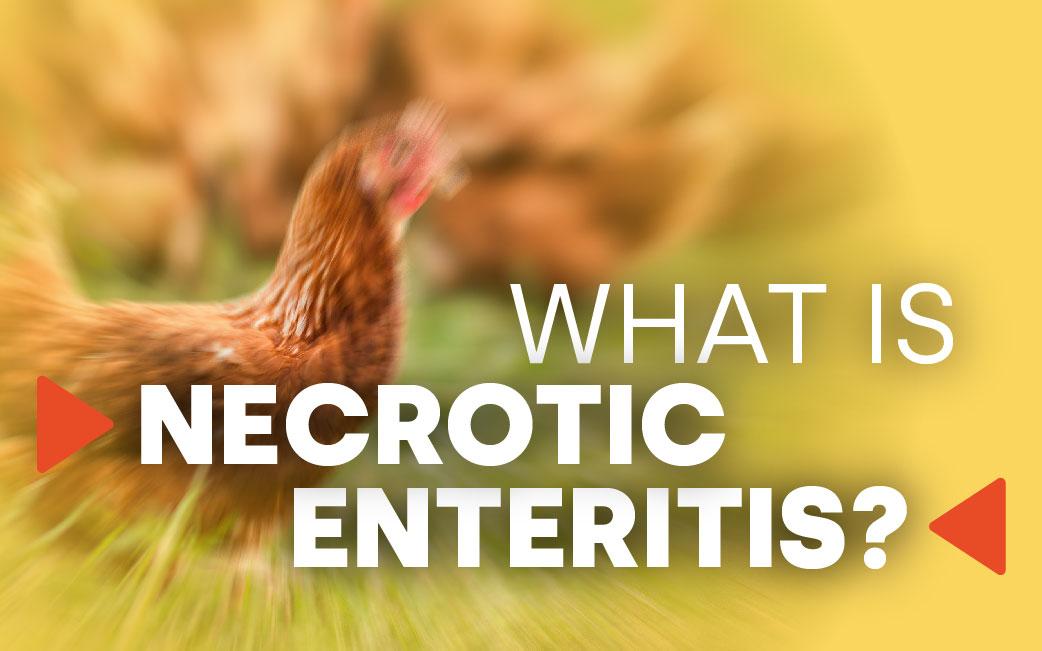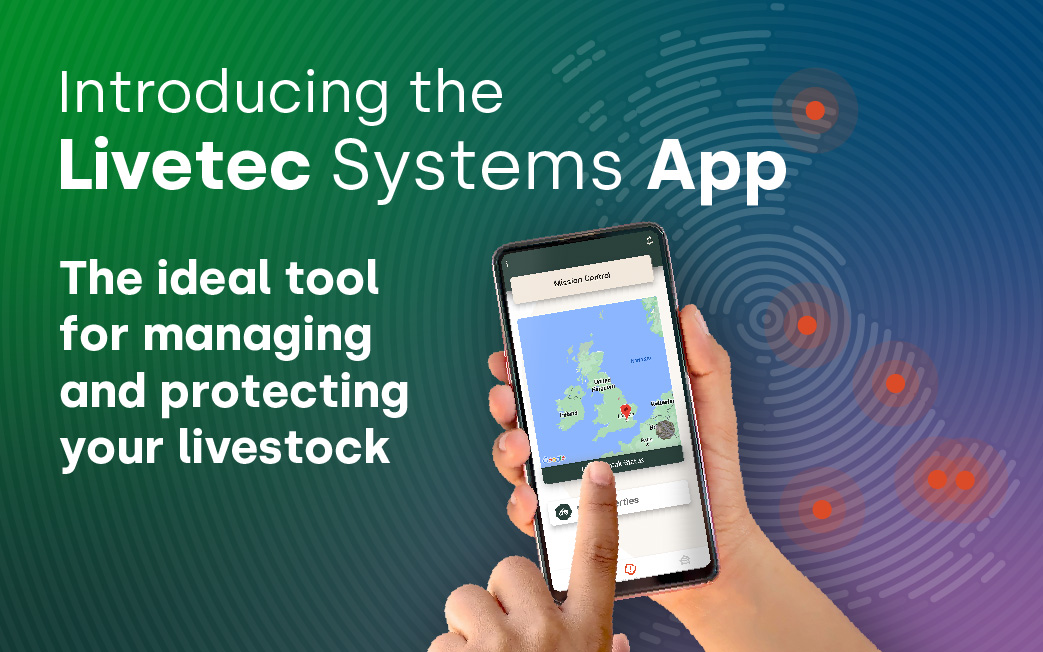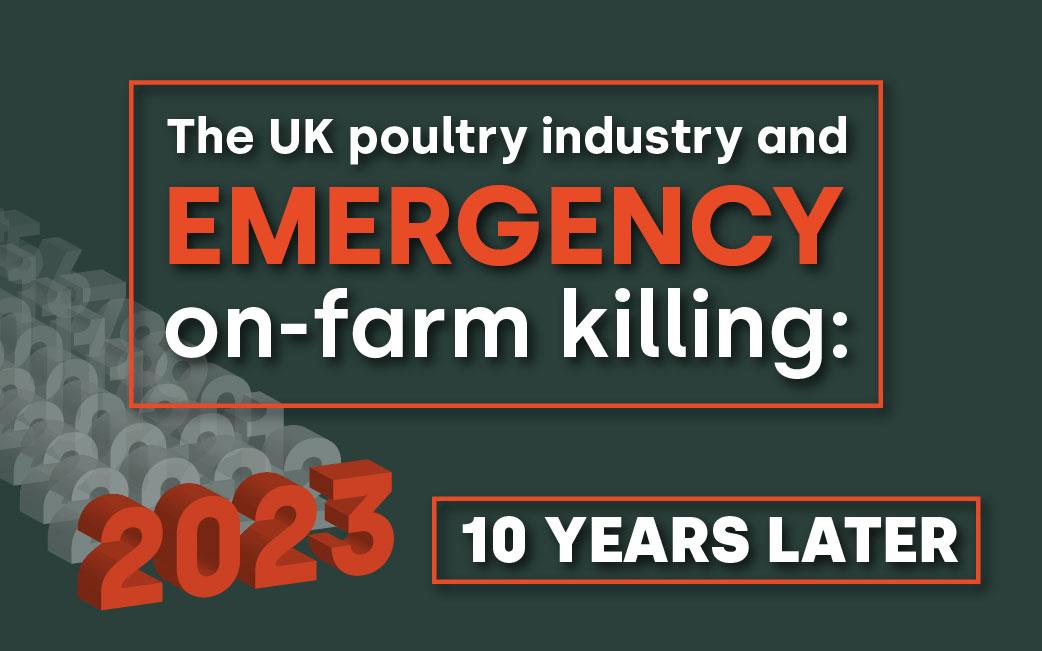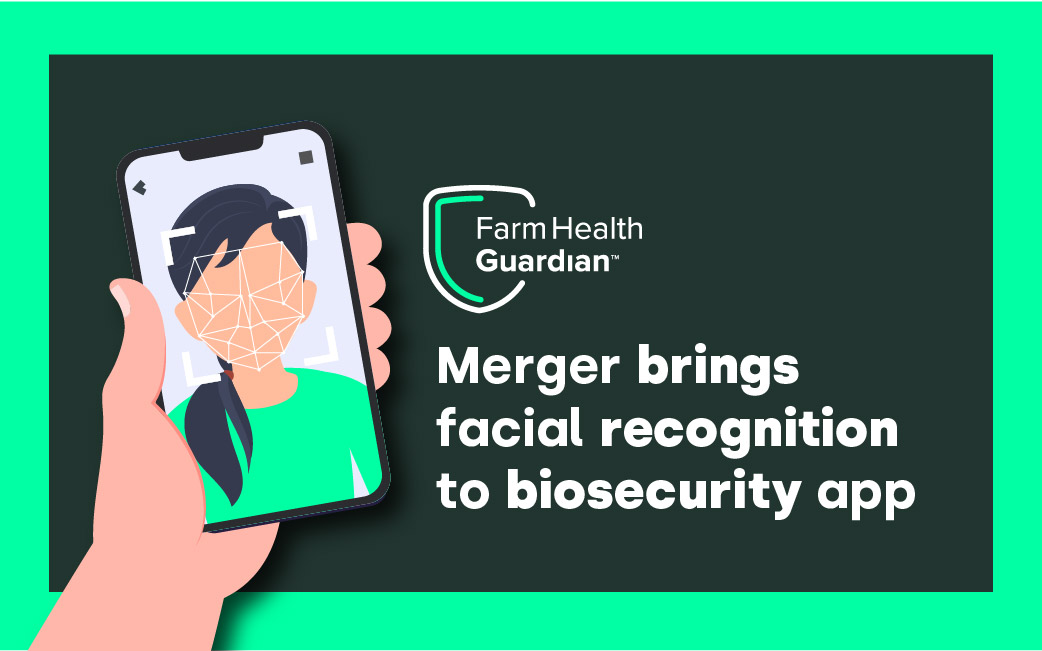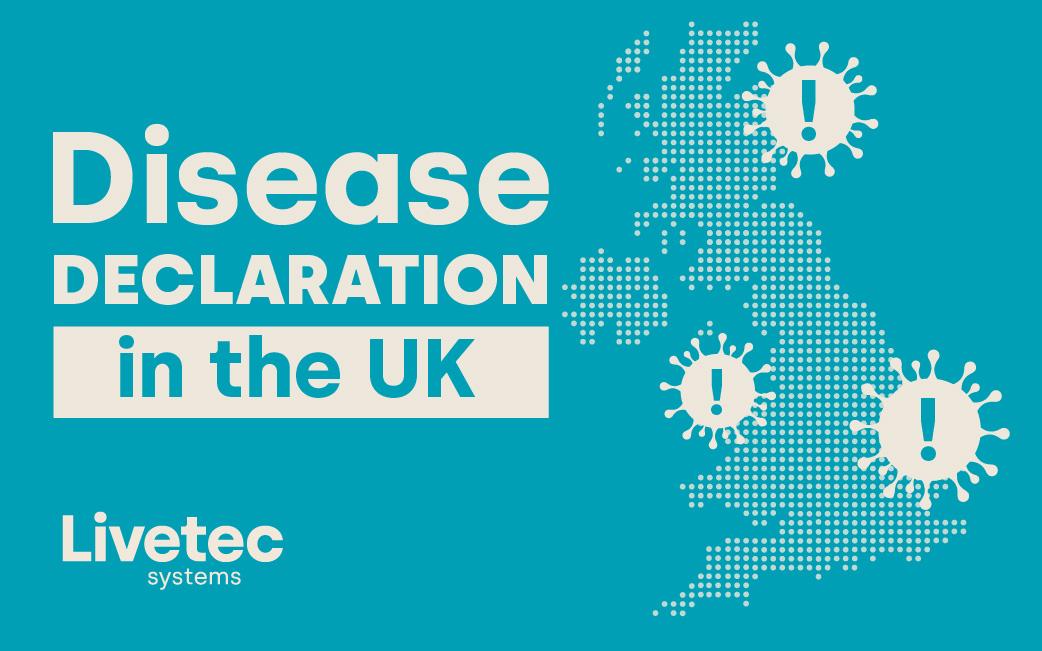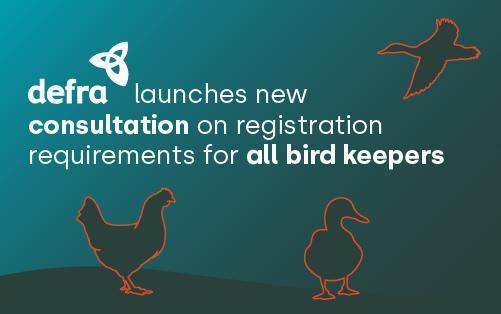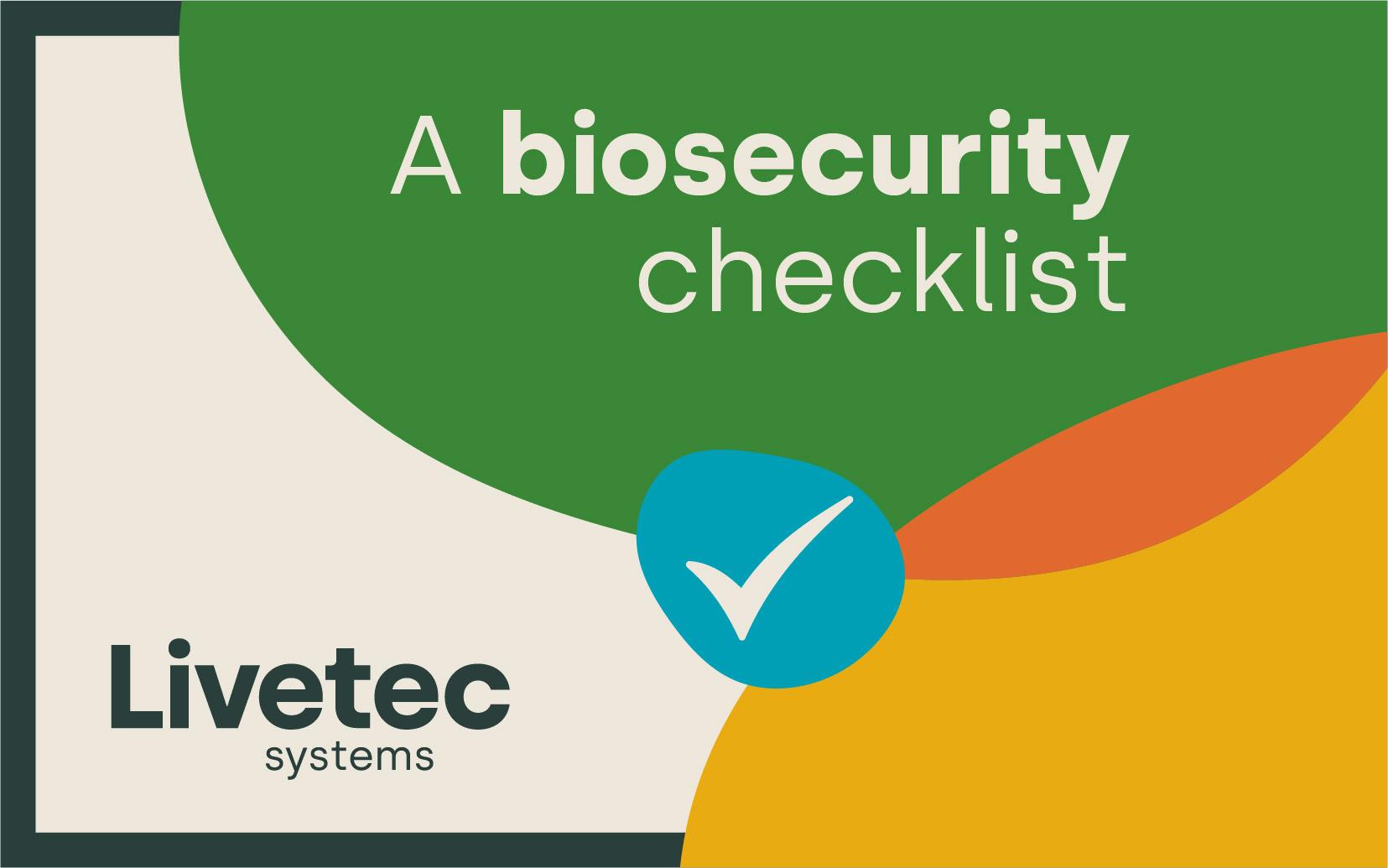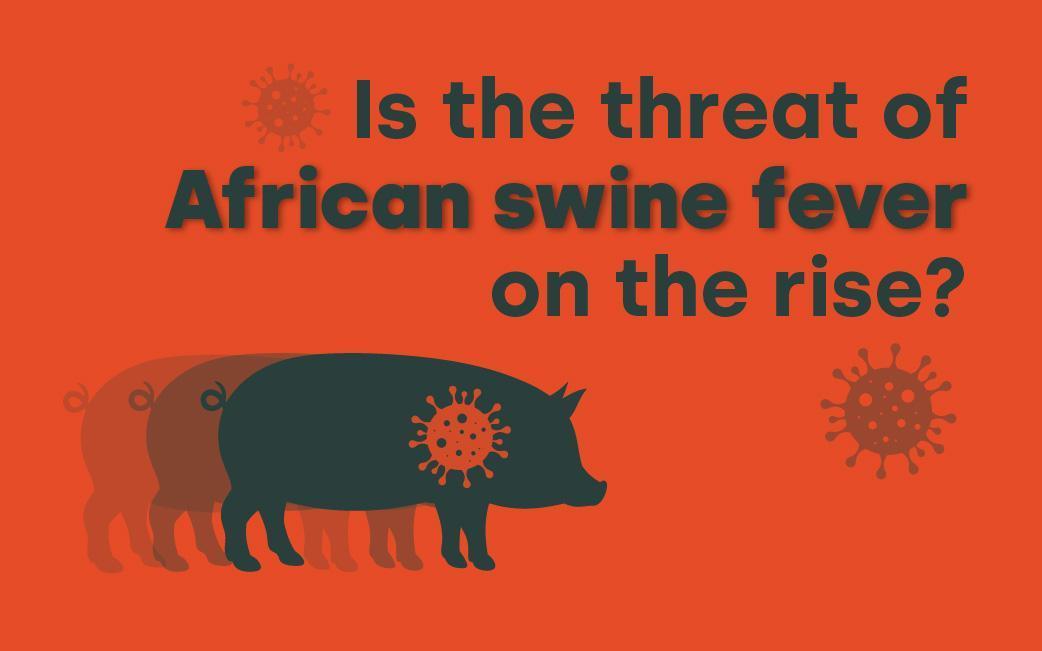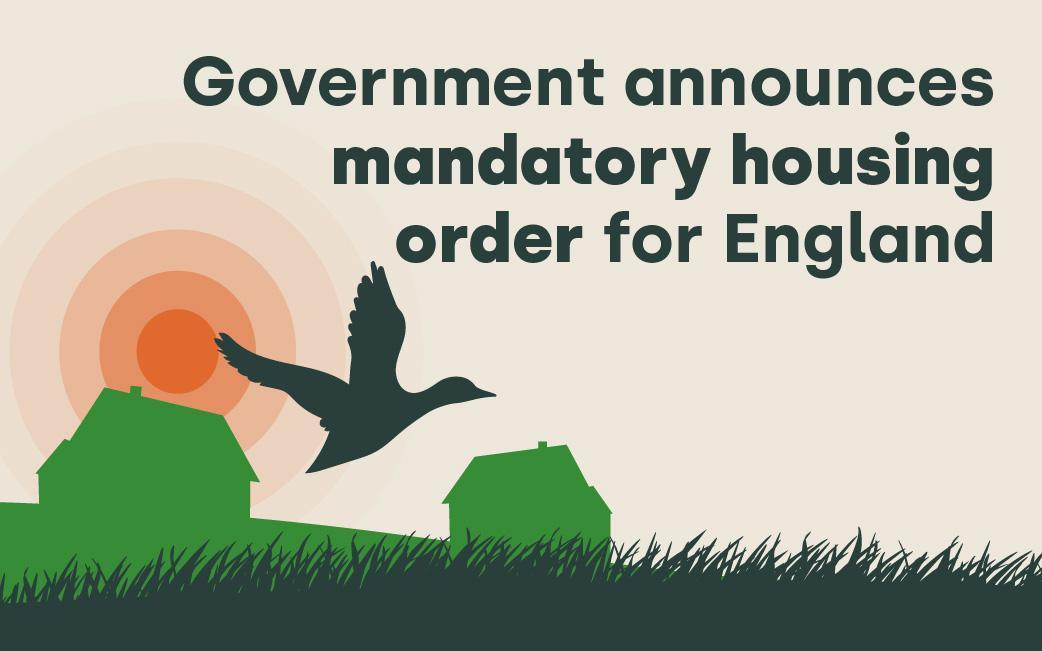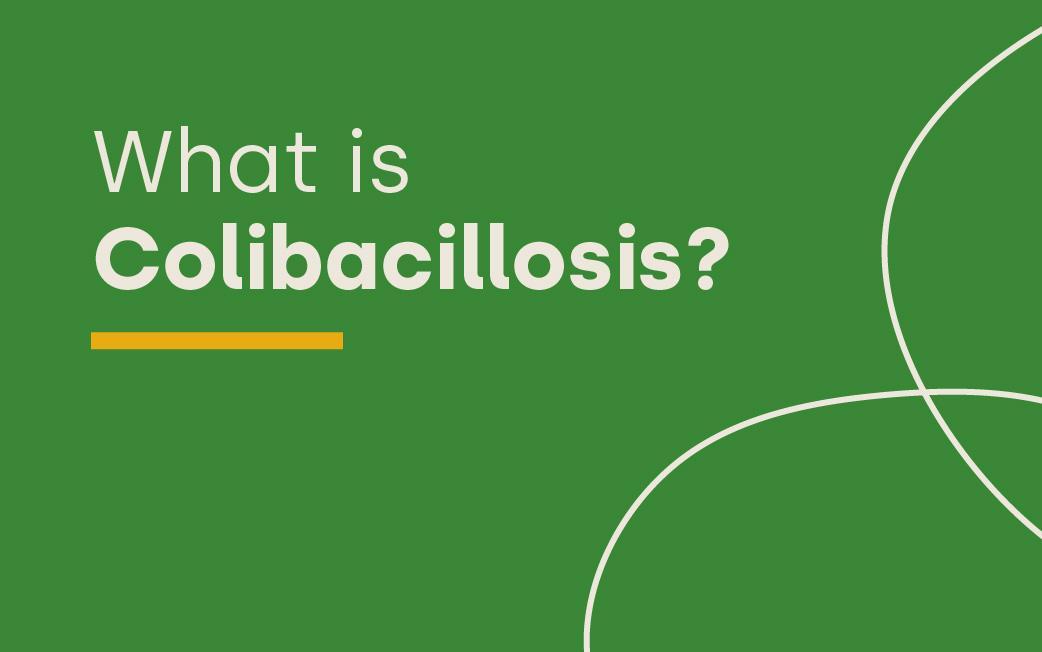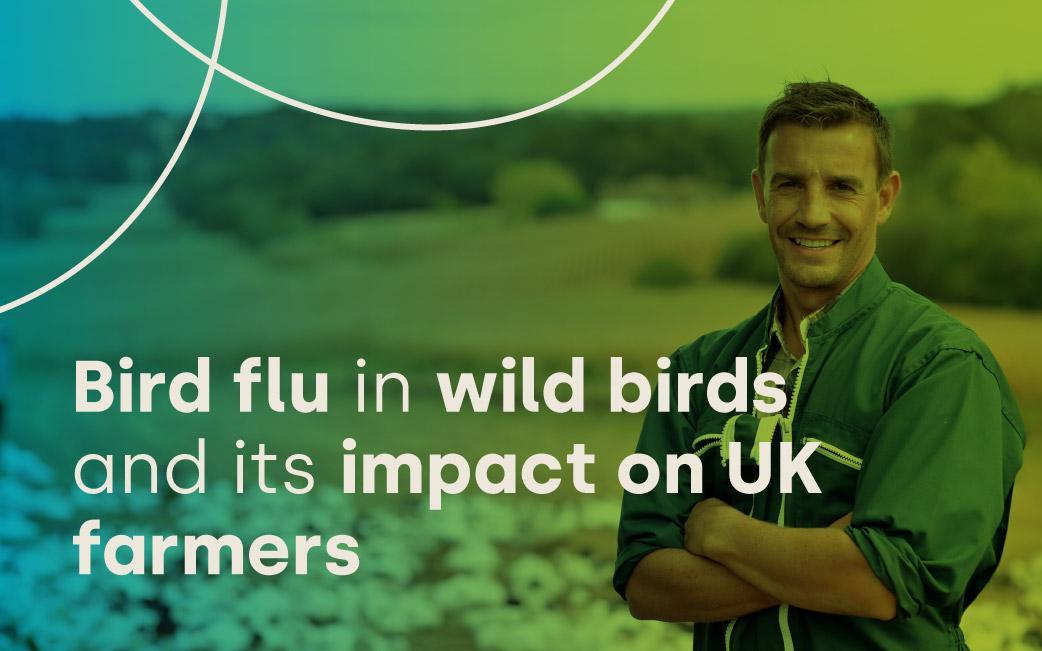The last few weeks have seen an upturn in reported cases of the bovine disease, bluetongue in the UK. This has resulted in the introduction of a Temporary Control Zone (TCZ), other measures and lots of worry amongst farmers. For many animal keepers, the question is, what is bluetongue? How does it affect cattle? What can be done, and should we be worried?
Where is the current outbreak?
There have been a number of outbreaks across mainland Europe, and the Netherlands has been hit especially hard, with over 1,400 clinically positive cases.
The UK saw its first confirmed case of bluetongue in 16 years on 11th November at a farm in Canterbury, Kent, through routine surveillance. Following this confirmation, a 10km Temporary Control Zone was established.
As part of prevention and surveillance protocol, investigations into other farms within the TCZ established another 4 cases of bluetongue in cattle, all within the 10km TCZ and within 5km of the original case. The exclusion zone covers the whole of the county town of Canterbury but, fortunately, falls just short of the Ashford livestock market.
Susceptible farmers within the TCZ have been sent text messages from APHA guiding them to supportive content, links and advice, and farmers outside of this zone have also been contacted with other information.
There is no supporting evidence that the virus is circulating in the midge population, and no further action is yet necessary. The TCZ remains in place, however, and investigation and surveillance work is continuing.
Speaking on the confirmation, Chief Veterinary Officer, Christine Middlemiss said: “Bluetongue does not pose a threat to human health or food safety, but the disease can impact livestock farms, and cause productivity issues.
“This detection is an example of our robust disease surveillance procedures in action and it is also a clear reminder for farmers that the disease remains a threat, despite coming towards the end of the midge activity season.
“Farmers must remain vigilant and report any suspicions to APHA.”
What is bluetongue?
Bluetongue is a notifiable, viral disease that mostly affects cattle, sheep and deer although it can be spotted in other ruminants such as goats, and camelids, like llamas. It is introduced to animals via biting insects, generally midges and cannot be transmitted directly between animals, although vertical transmission is possible from mother to foetus in some ruminants.
Cattle and deer are less likely to show signs of disease but do act as disease ‘reservoirs’ for onward transmission.
Bluetongue is a notifiable disease in the UK, meaning there it is a legal requirement to report suspicions and cases to authorities as soon as it is suspected.
Fortunately, there is no danger to humans from bluetongue. However, in the event of a confirmed case of bluetongue, a 10km Temporary Control Zone will be established around the affected premises.
The Temporary Control Zone will result in other farmers within the zone being contacted by authorities to discuss surveillance requirements and may well lead to visits and sampling of the animals. The implementation of these controlled zones can lead to prolonged limitations on animal movements and trade restrictions, including a necessary licence to permit animal movements inside or outside the TCZ. As a result, an outbreak of bluetongue can cause significant negative impact to farming operations and business.
What solutions are there for bluetongue?
There is no treatment for bluetongue, once it has been diagnosed. The only way to stop the disease spreading is to undertake depopulation.
Proactive vaccination is an effective course of action against bluetongue, and an outbreak can be controlled through vaccination of susceptible animals. The good news is that these vaccination programmes are highly effective. In 2008, UK authorities embarked on a large-scale vaccination programme against serotype 8, preventing huge economic loss.
However, the challenge is that vaccines are only effective against the particular serotype they have been developed for. In the case of the current UK outbreak, it has been established that two of the serotypes currently circulating in Europe are BTV-3 and BTV-4, of which there are no vaccines currently available for these strains.
In the absence of a vaccine, even more importance is placed on preventative measures such as careful research into the sourcing of any new livestock, remaining vigilant for the clinical signs and the practising of high standards of biosecurity on site.
What are the bluetongue symptoms I should be looking out for?
The challenge for early detection of bluetongue is that adult cattle, in particular, can be asymptomatic for a number of weeks, with no visible clinical signs. Cattle, especially, are the preferred host for viruses.
Once it has become symptomatic, there are some things that farmers should be on alert for. For cattle these include:
- Nasal discharge
- Crusty erosions around the muzzle or nostrils
- Reddening of mouth/eyes/nose
- Reddening and erosions on teats
- Fever
- Lethargy
- Loss of appetite
- Abortion
In sheep, the list of symptoms is similar, although the most frequent symptoms are ulcers or sores in the eyes or mouth, a drooling from the mouth or discharge from the eyes or nose, or a swelling of the lips, tongue, head and neck.
What do I do If I suspect bluetongue?
Firstly, remain vigilant for any of the symptoms listed above. They might be the first sign that one or more of your animals are affected by bluetongue.
The next, critical step is to contact the relevant authorities to notify them of your suspicions. Suspected cases can be reported by calling 03000 200 310 in England, 03003 038 268 in Wales, or to a Field Services Office in Scotland. Remember, Bluetongue is a notifiable disease. This means it is a legal obligation to notify authorities immediately, in the event of a suspected case.
How can Livetec help?
Livetec are the livestock industry’s leading biosecurity experts and have a suite of solutions and experience to help farmers prepare for, and deal with, notifiable disease outbreaks.
The Livetec Systems App’s avian influenza tracker has now been expanded to cover a range of notifiable diseases, including bluetongue. Our interactive map will help you see the location of all Temporary Control Zones currently applicable in the UK, giving you a real-time picture of how close your property might be to active cases, and help you to raise your readiness levels and protect your animals.
You can download the Livetec Systems App and its bluetongue case tracker, here.
If you are concerned about the spread of notifiable diseases and would like to speak to one of our advisors about our range of biosecurity services, you can contact us here.
Download the Livetec System App here.
Livetec. Building the future of biosecurity.













